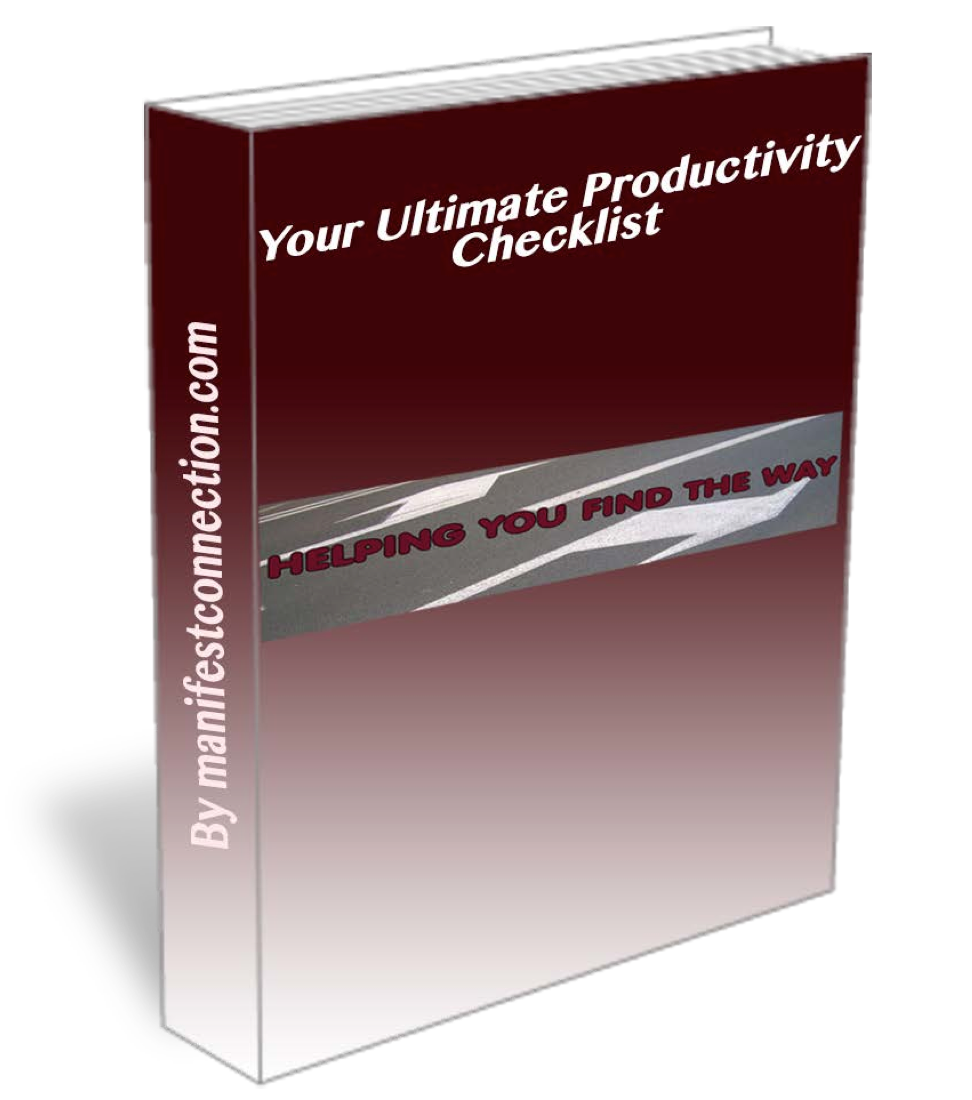A Less Comfortable Chair

Just because it is comfortable, does not make it the ideal choice for a working chair. Fundamentally, it might be sound in its judgment of providing the benefit of immediate comfort. However, over the long haul of working countless hours, for countless days, of countless weeks and months, you might come to see the benefit of a chair that’s less comfortable.
Some of the benefits of a “less comfortable chair.”:
Motivating your desire to work
You actually want to work, don’t you? It’s easy to desire to make your office space as homey as possible. Especially since you live a 1/3 of your days hours in it. It’s basically home away from home. That’s why everyone tries to make it that way. If you consider a 24 hour blocked day and room the suggested 8 hours for sleeping, than you have 16 hours of wake time. Now let’s divide that by an 8 hour workday and for many, the travel time and any given person will likely be spending most of their waking life in an office vs. a home. That being said, it’s logical to want to bring your home to work. As it stands, most people bring their work home. That’s another topic altogether.
If you were however, to bring a homey feeling to your work, it would obviously deter your ability to actually work efficiently. Too much comfort endures laziness, not productivity. It is necessary to get a chair that is comfortable enough to sit in for such long hours. At the same time, it should be a little less comfortable, enough that it causes you to willfully project your body in the posture and attitude of workability and assertiveness.
Motivating your desire for physical activity
Sometimes a less comfortable chair will force your legs to cramp or buttocks to numb. Listen to your body. These are great indicators that you need to get up and stretch. Sometimes in a comfortable chair, you may be inclined to never get up and get the blood flowing. It’s healthy at all times, whether in a comfortable chair or not, and especially when sitting for long hours, to get up and stretch or walk.
A not so comfortable seating arrangement may allow you to manage your time better. Such consideration, will not be only healthy for your body but also your mind. For instance, 15 minute break intervals, every 2 hours, could be a great way to get the blood flowing as you walk and take your mind off your project. This would allow you to come back refreshed and maintain the same zeal, determination and focus energy as you did when you first started working.
Imagine if you will a person who never gets up from their chair as they work away. By the 5th hour, the body just goes lethargic. That is just a daunting way for your body to say “I’m out of energy.”
Bonus:
Some good ideas for those 15 minute intervals, may be to meditate, stretch, pray, read a book, walk or jog in place. All of these things can be effective in releasing stress, tension and bad energy that comes from working so intensely and keeping your body in one form for too long.
Something you may want to look into as a rule of thumb for understanding work/break intervals is the proven and popular “time management” method developed by Francesco Cirillo in the late 1980s. It is heavily used by many today. For some, it’s even an alternative to the popular GTD system.
In Conclusion:
When looking for a good chair to work in for several hours at a time. Keep within perspective the ideals of both comfort and discomfort. The Ying and the Yang of a work chair if you will. To be truly effective and have longevity of sound mind, great work ethic and strong physical health and drive, it is essential that your work chair be comfortable enough to sit in for long hours. However, not so much so that it becomes a means for relaxation. Work is not for pleasure, if it was so, everyone would be rich and gladly work all 16 hours of the waking part of their day to achieve that wealth.
Citations:
Image License: Royalty Free http://sxc.hu





0 Comments